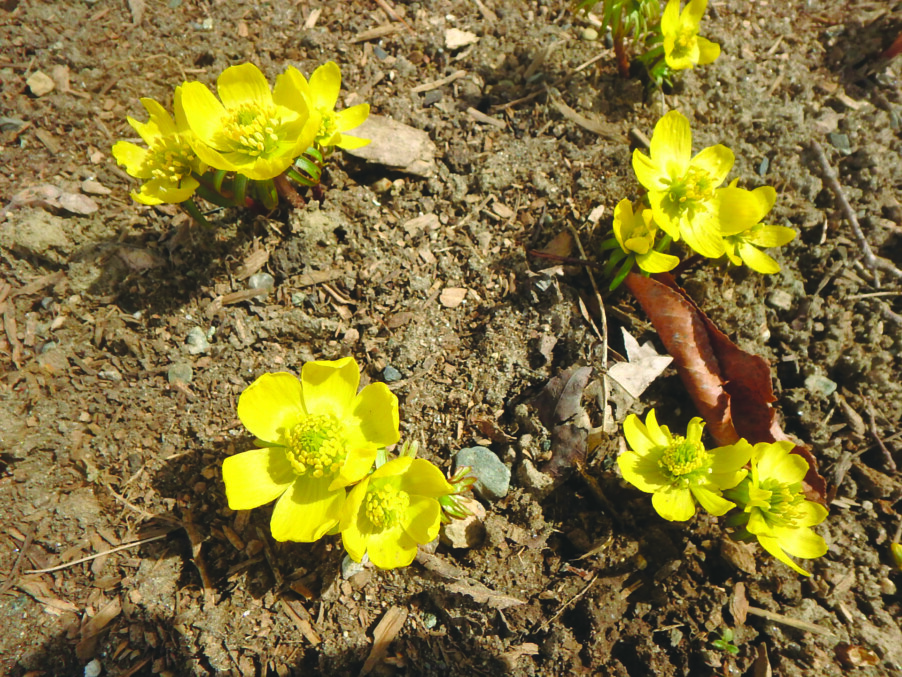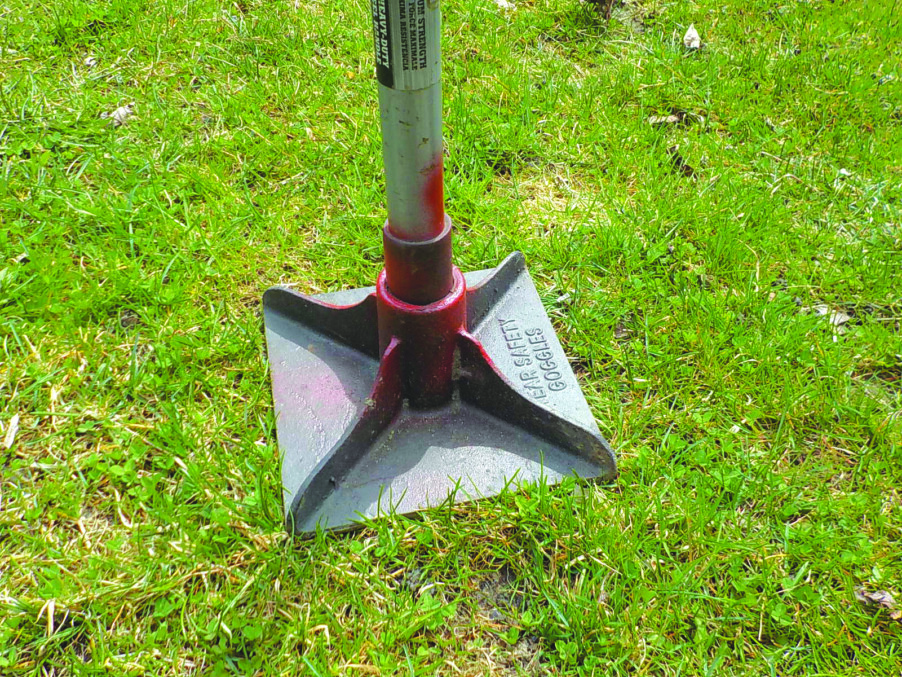Family fun for the weekend
Play dough science
• The Ralph Baer Projects Club will hold a Play Dough Circuits event at the SEE Science Center (200 Bedford St. in Manchester; see-sciencecenter.org, 669-0404) on Saturday, May 14, from 10 a.m. to 1 p.m. The drop-in lab will explain electrical current and the basics of an electrical circuit, which kids can then create (safely!) with play dough, according to the website, which recommends advance reservations.The event is part of the regular admission to SEE (which costs $10 for everyone ages 3 and up). SEE is open on Saturdays (and Sundays) from 10 a.m. to 5 p.m. (and from 10 a.m. to 4 p.m. Tuesdays through Fridays).
The event is one of several events and exhibits related to celebrating what would have been the 100th birthday of Ralph Baer, the Manchester resident who is credited with creating the first prototype of a video game, the website said. A Ralph Baer birthday celebration will be held Saturday, May 21, in Arms Park in Manchester (from noon to 2:30), with activities at SEE from 2 to 5 p.m. See the SEE’s website for details.
See the show
• Dav Pilkey fans: Head to the Capitol Center for the Arts (44 S. Main St. in Concord; ccanh.com) for Dog Man: The Musical, based on the comics of George and Harold (in the books by Dav Pilkey), a live musical about the titular hero. The show will come to the Cap Center on Saturday, May 14, with performances at 1 and 3 p.m. Tickets cost $15 per person or you can get a family four-pack for $50.
• The kids of the Bedford Youth Performing Company will present Descendants the Musical, a musical production based on the Disney Channel movies about the children of Disney villains and heroes, on Saturday, May 14, and Sunday, May 15, both at 1 p.m., at Goffstown High School. Tickets cost $17.50 for adults, $15 for students and seniors. See bypc.org for more on the dance, theater and music school and for links to the group’s social media, where you can find information on purchasing tickets.
Little gardeners
The New Hampshire Audubon’s McLane Center (84 Silk Farm Road in Concord; nhaudubon.org, 224-9909) will kick off its Buds & Blooms Series for kids and families — a “compilation of six in-person public programs intended to introduce participants to the magic and wonder of our native plants and pollinators,” according to the website — with “Beginner Botany” on Saturday, May 14 from 10 a.m. to 11 a.m. The event is free but registration is required. The website says the material is best suited for children ages 4 to 12 and the first program will include exploring the McLane Center’s Pollinator Garden and a scavenger hunt.
Get out and play
The YMCA Allard Center of Goffstown (116 Goffstown Back Road in Goffstown) will hold a Healthy Kids Day on Sunday, May 15, from 1 to 3 p.m. The event is free and open to the public, according to the YMCA’s Facebook post about the event, which said it will feature a bounce house, archery, a low ropes course, crafts, a book fair, snacks and more. Call 497-4663 for more information.
Fairies & gnomes
• The Children’s Museum of New Hampshire (2 Washington St. in Dover; 742-2002, childrens-museum.org) is holding its first ever Fairy House & Gnome Home Spring Celebration this weekend, Friday, May 13, through Sunday, May 15. On Friday, bring a homemade fairy house or gnome home to drop off at the museum to display in Henry Law Park starting Saturday. Or visit the museum to make a packing peanut gnome or fairy house or a paper mushroom hut (and participate in other fairy-related activities and crafts). The fairy and gnome fun continues on Saturday and Sunday, when you can check out the houses brought in and displayed in the park and the museum’s Play Patio (and make your own to add at the natural material building station). Visitors to the museum can take part in more fairy crafts and activities and check out special performances scheduled for the weekend: on Saturday, May 14, it’s Lindsay and her Puppet Pals at 11 a.m. or 1:30 p.m., and on Sunday, May 15, Musical Arts Dover will do a short Fair Ballet performance at 10 a.m.
Admission costs $11 per person, $9 for 65+ (no charge for children under 1). Reserve a spot and pay online in advance; the museum is open on Fridays and Saturdays with sessions from 9 a.m. to noon and 1 to 4 p.m. and on Sundays with a session from 9 a.m. to noon. (The museum has mask-required and mask-optional sessions; see the website for details.)
Save the date for: Winnie the Pooh at the circus
The middle school students at High Mowing School (Pine Hill Campus, 77 Pine Hill Drive in Wilton; highmowing.org/hilltop) will show off their circus skills and tell the story of Winnie the Pooh at the 2022 Hilltop Circus: In the Hundred Acre Wood. The seventh- and eighth-grade students will present their show of juggling, acrobatics and more on Thursday, May 19, at 4 p.m.; Friday, May 20, at 6:30 p.m. and Saturday, May 21, at 4:30 p.m. The event is described as family-friendly and is open to the public; bring a donation to the Wilton’s Open Cupboard Food Pantry and get a free bag of popcorn, according to a press release. Tickets cost $10 for adults, $5 for kids.





